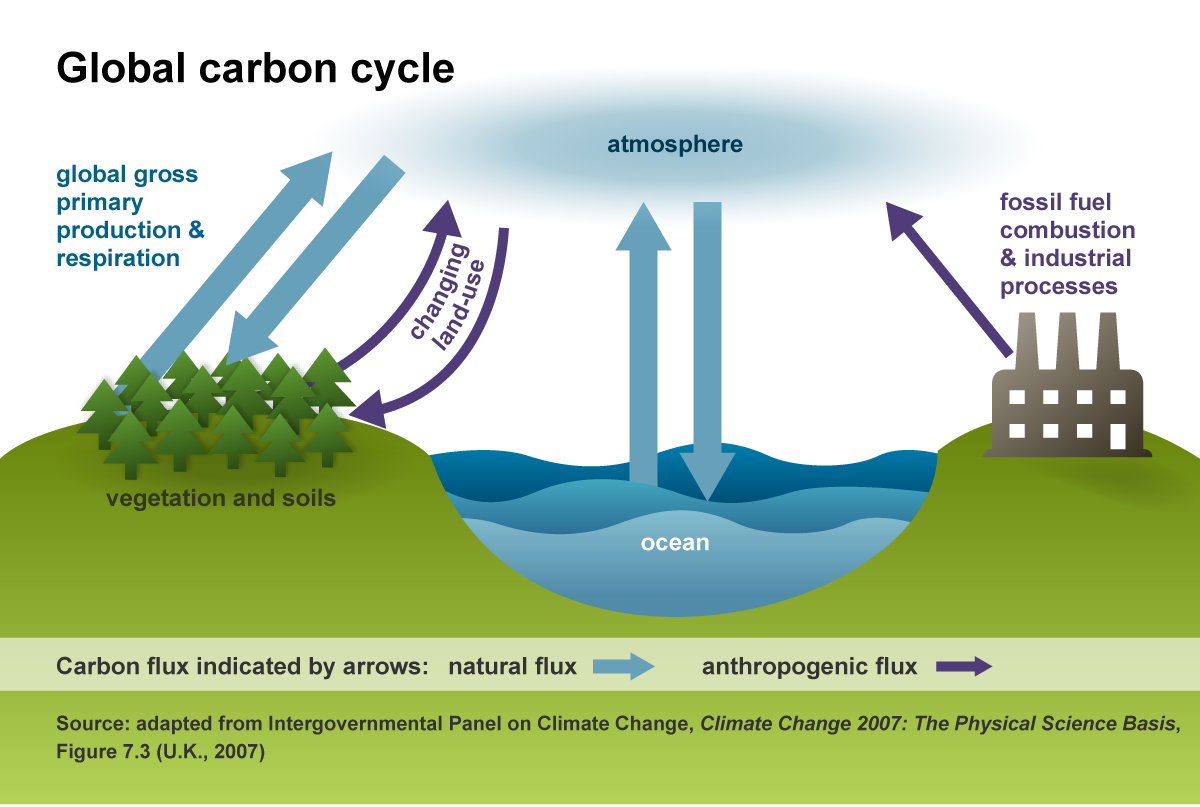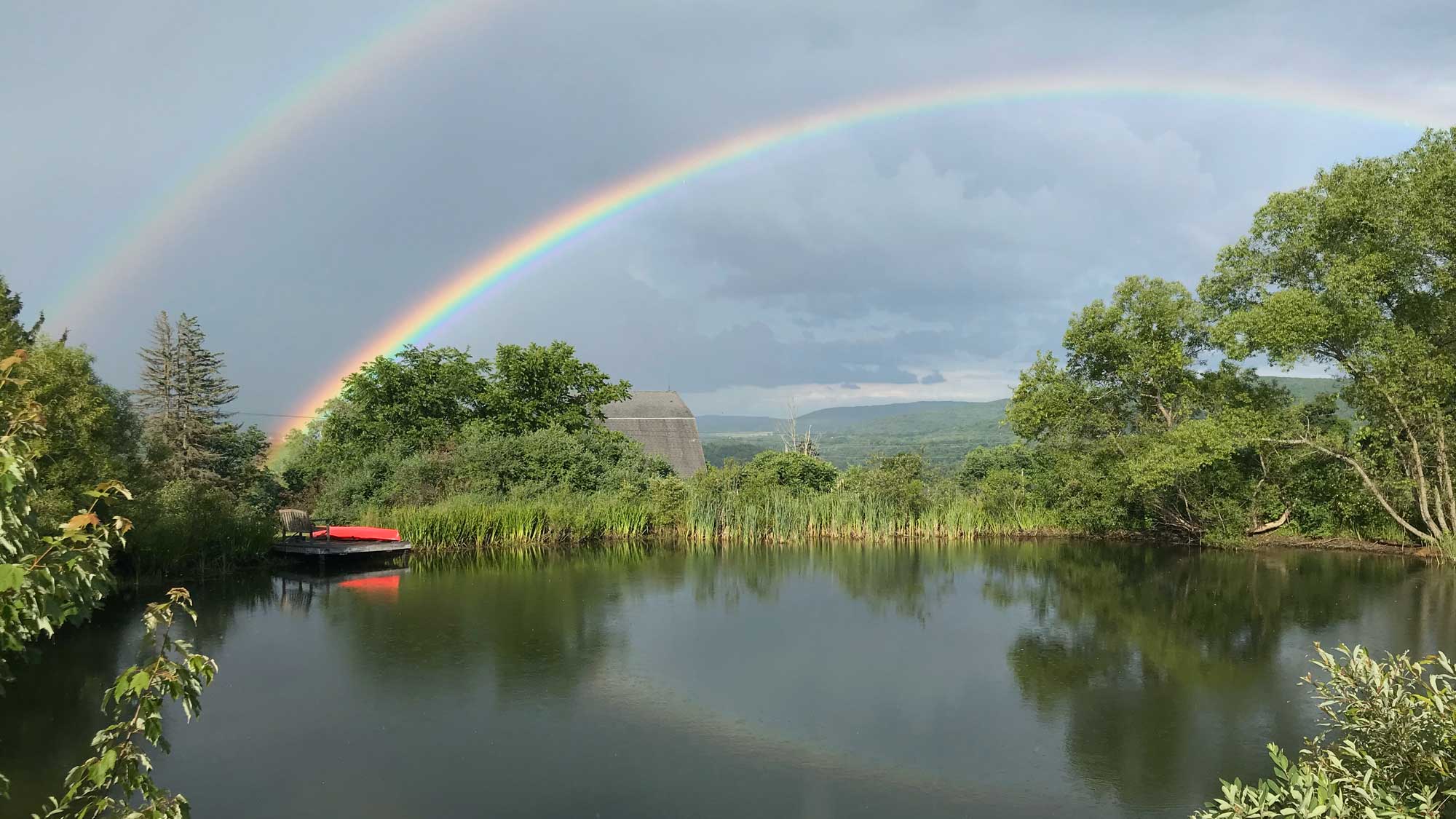Greenhouse gas emissions and atmospheric concentrations have increased over the past 150 years
Emissions of several important greenhouse gases that result from human activity have increased substantially since large-scale industrialization began in the mid-1800s. Most of these human-caused (anthropogenic) greenhouse gas emissions were carbon dioxide (CO2) from burning fossil fuels.
Concentrations of CO2 in the atmosphere are naturally regulated by many processes that are part of the global carbon cycle. The flux, or movement, of carbon between the atmosphere and the earth’s land and oceans is dominated by natural processes like plant photosynthesis. Although these natural processes can absorb some of the anthropogenic CO2 emissions produced each year, starting in about 1950, CO2 emissions began exceeding the capacity of these processes to absorb carbon.
This imbalance between greenhouse gas emissions and the ability for natural processes to absorb those emissions has resulted in a continued increase in atmospheric concentrations of greenhouse gases. Concentrations of CO2 in the atmosphere in 2021 were about 44% greater than the concentrations in 1850.





